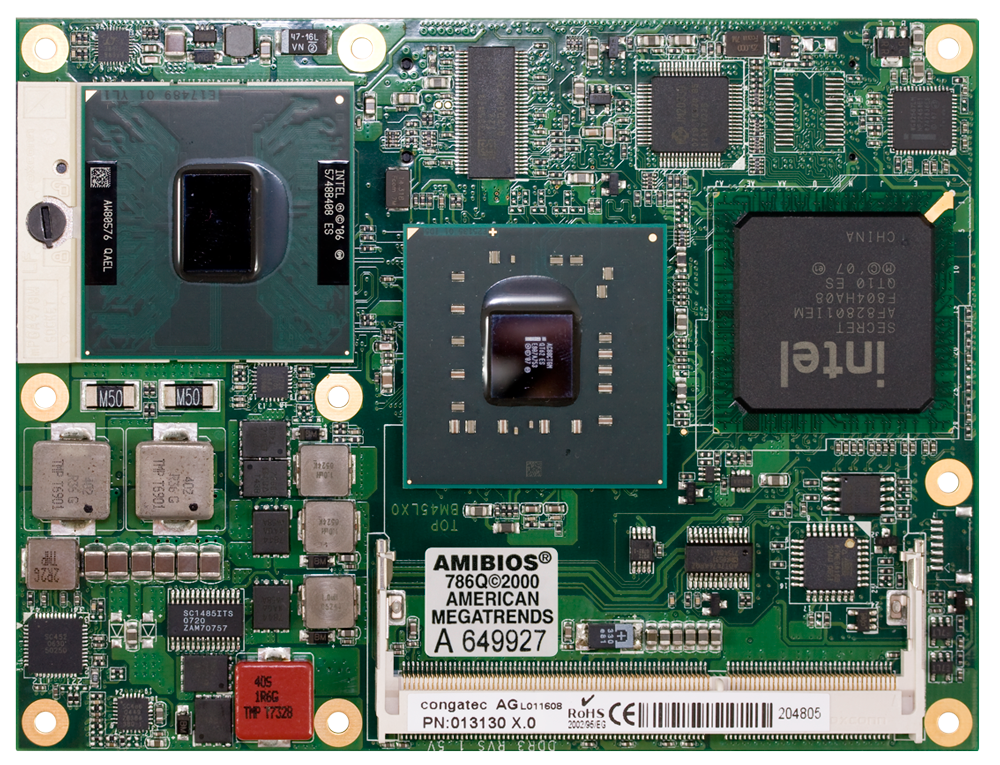
Render path: OpenGL 2.0 (multiple light sources & shadows. It offers 2048 CUDA, 16 Ray Tracing and 64 Tensor. Render path: OpenGL vertex program (Specular and BumpMaps & Ring shadows) The Nvidia GeForce RTX 3050 Laptop GPU (mobile, NVIDIADEV.2583, GN20-P0) is the slowest RTX 3000 mobile card and based on the GA107 Ampere chip. Render path: Basic (objects, clouds and eclipse shadows) In order to see all of Celestia's eye candy, the graphics drivers must support OpenGL v2.0.Īlthough Celestia v1.6.1 can be used with any graphics card, it needs certain advanced 3D rendering features in order to display some of its "eye candy." Type a Ctrl-V several times to get Celestia to step through the rendering options available on your computer while displaying their names. Sometimes you can get newer drivers on the Web site of the manufacturer of your computer (HP in this case). Unfortunately, newer Intel driver versions usually will refuse to install when Windows reports that the current drivers are "up to date". The only way to improve the OpenGL version is to install the most recent drivers as provided on the graphics hardware vendor's Web site for your computer's graphics chipset. Download and run the executable (nvidiaopenglrdp.exe) from the DesignWorks website as Administrator on the remote Windows PC where your OpenGL application will run.

Renderer: Mobile Intel(R) 4 Series Express Chipset FamilyĪnyone know of a good Dummy guide for what to do about OpenGL ?

Which does show Nightside and Milky Way OK, Sooo, back to my old intermittent failing Dell laptop Searching the forum gives OpenGL version problem,įurther digging and I have found the Celestia/Help/OpenGL Driver Info drop-down which reports,įollowed by a load of GL_ which I dont understand. I have found that it does not do NightSideLights either


 0 kommentar(er)
0 kommentar(er)
